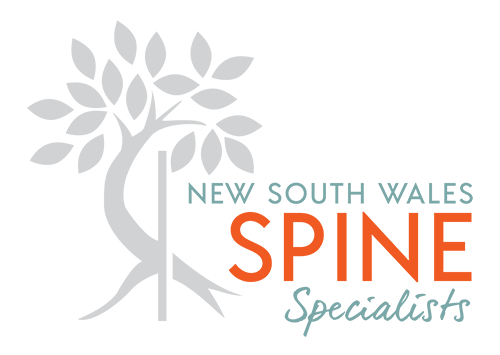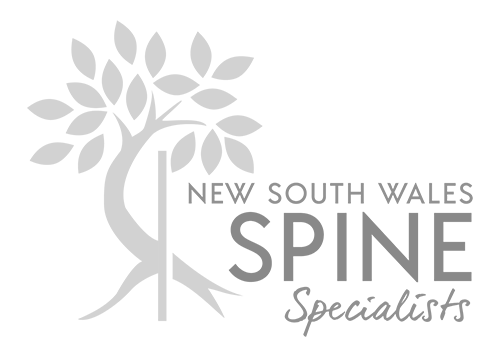
How to treat a herniated disc
A herniated disc (also referred to as a bulging, protruding, slipped or ruptured disc) is one of the most common causes of low back and leg pain. In some cases, disc herniation can cause lower extremity weakness and bowel and bladder symptoms. A herniated disc can occur anywhere along the spine, but it predominantly happens in the lower part of the spine (lumbar) or neck (cervical).
The intervertebral discs join adjacent vertebral bodies together, which allows mobility of the spine, provides stability and is responsible for 25% of the spinal column height.
A herniated disc occurs when the disc’s material moves out of position and presses on, irritates or ‘pinches’ the spinal nerves. This can occur from general wear and tear as a person ages, or from a sudden injury.
The pain from a herniated disc can spread to the buttocks, thighs and even the calves. In the neck, the pain can be felt in the shoulders or along the arms. It often becomes worse when a person exercises, sneezes, coughs or sits down as these movements put pressure on the pinched nerves.
Herniated discs can occur at any age but are most common in people aged between 35 and 55 years old. They are also more common in men than in women.
Some tips for maintaining your back health are:
- Exercise regularly to strengthen the core and muscles surrounding the spine
- Maintain a healthy weight
- Avoid activities that might injure your back (lifting heavy objects etc.)
- Adopt a good posture sitting and walking
GP Tests
In most cases, a physical exam will be able to determine whether a person has a herniated disc. A GP physical examination may include one or more of the following:
- Gait examination to identify an abnormal walking pattern
- Palpation to identify the source of pain
- Straight leg raise test to find out if it worsens leg pain, and other nerve root tension signs
- Motor testing – to detect weakness tremors, muscle atrophy or other abnormal movements
- Reflex test - nerve impingement may cause suppressed/absent reflexes.
A radiograph or MRI may be required if the person’s pain persists.
Treatment Options
A herniated disc can be symptomatic, but most people will not require surgery. Applying a cold pack to the area, taking over the counter pain medication to reduce inflammation, gentle walking, light exercise, or guided physical therapy may assist with the pain.
A person may need to be referred to a spine specialist for further investigation if their pain continues for more than six weeks, or there is muscle weakness and/or altered sensation in the limbs. Treatment options include steroid injections or surgery if non-operative measures have failed.

